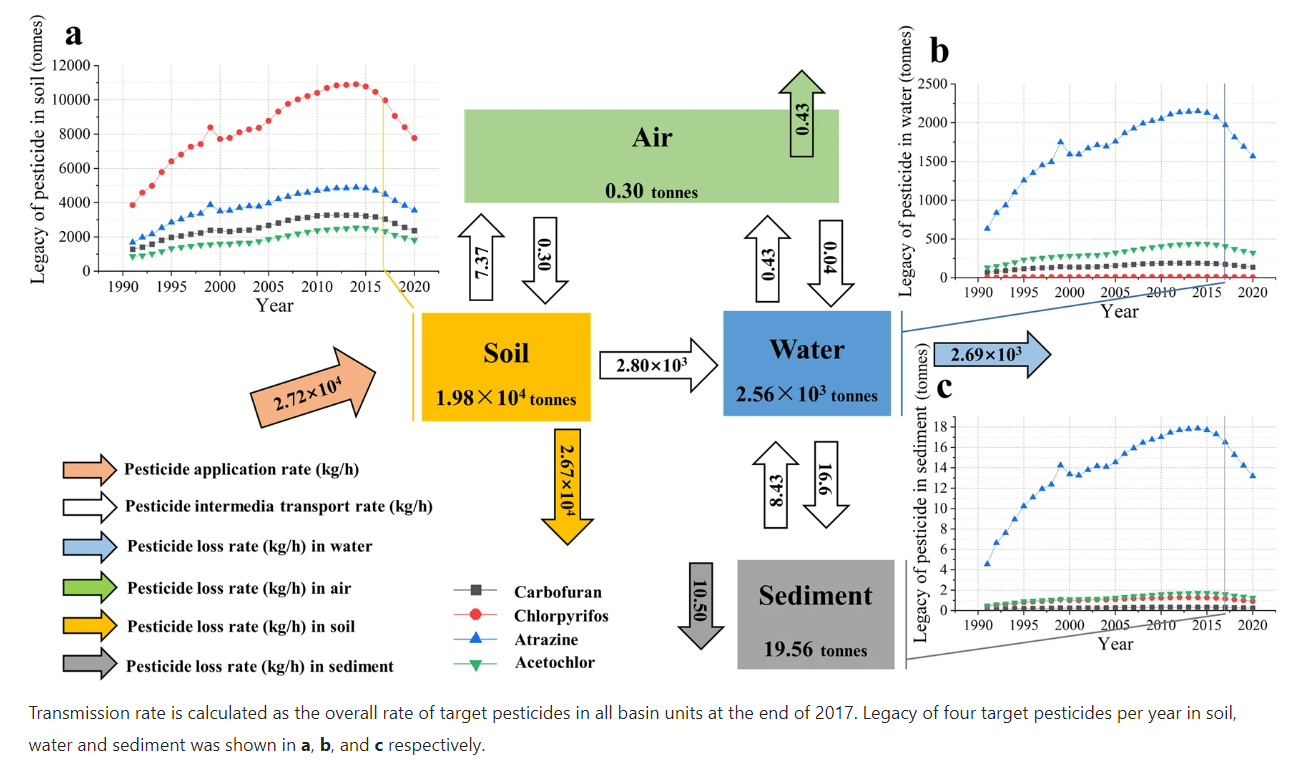 https://www.nature.com/articles/s41545-022-00202-0/figures/1 https://www.nature.com/articles/s41545-022-00202-0/figures/1 Nitrogen fertilizer is well known agriculture chemical and with huge negative environmental impact. To produce one kilogram of pesticide requires 10 times more energy usage than 1 Kg of nitrogen fertilizer. This energy is produced from either nuclear energy, or the so called non-renewable sources as such as wind turbine and water movement. According to Grist article, sulfuryl fluoride, a fumigant, a very toxic gas, used to control a wide variety of pests, including termites, powder post beetles, old house borers, bedbugs, carpet beetles, moths, cockroaches, rats and mice are themselves greenhouse gases: emitting one ton of sulfuryl fluoride is the equivalent of emitting nearly 5,000 tons of CO2, let alone all the other gases emitted in the atmosphere such as NOx, CO, Polycyclic aromatic Hydrocarbons, and the toxic solid left from its production. California uses nearly 20 percent of the pesticides applied annually across the United States. According PAN UK: ''The harmful effects of pesticides on soil organisms ranged from molecular to community levels, including impacts on mortality, reproductive function, richness and diversity, abundance, behaviours like feeding, burrowing, and decomposition, growth, biochemical biomarkers, and body structure.'' (*5) What does China use? ''China has just 7% of the world's arable land, but uses up to one third of global consumption of chemical fertiliser. And this usage per unit is 2.7 times higher than the world average (China Energy News)*1 ''About 1.77 million tonnes of agricultural pesticides were applied in China, constituting about 42% of the total use globally in 2019'' (*4) ''High levels of chemical pesticides and fertilisers are used to produce crops on China's small, heavily-exploited plots, but overuse can degrade the soil and pollute water, while improper use can cause contamination and hurt biodiversity'' 1 ''It has been reported that more than 150 million miles of China’s farmland are contaminated. Since the discovery of dichloro-diphenyl-trichloroethane (DDT) and hexachlorocyclohexane (BHC), their excessive and persistent application has led to severe environmental pollution and human health risks'' *3 Below a few pesticides are quoted for the serious health effects on humans (*3): -Cyfluthrin is in a group of man-made insecticides and is widely used in homes, outdoors, and in agriculture to effectively control phytophagous insect pests. β-Cyfluthrin induces acute arrhythmic cardiotoxicity through interaction with NaV1.5, and ranolazine reverses the phenotype. - Fomesafen is an organic compound used as a herbicide. Water-solubility of fomesafen leads to a potential risk to groundwater, and it has been reported that the death of fish is related to fomesafen. - Pyraclostrobin is an agricultural pesticide product used to kill most fungi, including blights, mildews, molds, and rusts, and has characterized lethal toxicity Source: 1 https://www.reuters.com/world/china/china-eyes-10-cut-pesticide-use-fruit-vegetables-by-2025-2022-12-01 2 https://grist.org/agriculture/a-new-report-says-pesticides-intensify-climate-change/ 3 https://www.frontiersin.org/articles/10.3389/fpls.2022.942117/full 4 https://www.nature.com/articles/s41545-022-00202-0 5 https://www.pan-uk.org/the-impacts-of-pesticides-on-soil-invertebrates In the face of intensifying weather patterns like the series of storms pounding the West, regenerative organic farms are demonstrating that the key to resilience is working with nature. As California experiences a historic succession of winter storms, most of us will see extensive reporting on power outages, flooding, and mudslides. But amidst the destruction, there is a story of resilience and preparedness that will get less attention. A small but growing contingent of farmers is poised to not only rebound from the deluge of water, but to benefit from it. These farmers have a valuable lesson to share: ecologically-minded, regenerative organic agriculture that prioritizes soil health is critical to our future. In a region parched by megadrought and greatly affected by human alteration, the landscape cannot absorb rapid, uninterrupted rainfall. Agriculture has overworked much of this state—heavy tillage, lack of crop diversity, and agrochemical use have turned living, absorptive soils into easily eroded dirt. We have also redirected rivers and waterways that once transected the landscape and built on top of floodplains. And through clearcutting and the deprivation of healthy fire cycles, we have destroyed our forests’ natural adaptation to heavy precipitation. Despite our desperate need for this water, we have greatly diminished our ability to receive it. This is particularly bad news in a state that produces over two-thirds of the nation’s fruits and nuts and one-third of its vegetables. Though they are suffering from prolonged water scarcity, most of the farms here will see limited direct benefits to their land from the atmospheric rivers hitting the state this season. Many will also suffer crop losses as their fields are flooded and crops in compacted soils drown. And, come summer, they will likely be back to overpumping underground aquifers and overreliance on surface water (as the Sierra snowpack is now melting earlier than it once did). I teach professionals from all backgrounds about regenerative agriculture through experiential education and the farmers I work with are excited about capturing a significant share of this rain on their land. Of course, they would prefer that it come more gently and not all at once, but that is not the reality here. Elizabeth and Paul Kaiser at Singing Frogs Farm in Sonoma County, widely known for their leadership in ecological farming, have seen their lower lying fields flood 11 out of the last 15 winters due to the hydrology of their land. But instead of causing serious damage, their regenerative methods mean that “the water that hits [their] farm goes into the soil and ground below,” says Elizabeth. That’s because their organic no-till practices, regular compost applications, and diverse crop rotations have added a significant amount of organic matter to the soil, causing it to act as a sponge that absorbs water faster and retains it for longer. So, despite the fact that the soil has taken in over 13 inches since December 26th, Elizabeth says they have been able to start planting their spring crops. Paicines Ranch, further south in San Benito County, is another leader in regenerative agriculture. Paicines integrates livestock into their vineyards year-round in imitation of natural ecosystems, cultivates biodiversity, and also avoids tilling. Paicines has experienced “no runoff from our vineyard since we began managing it regeneratively in 2017, despite being situated atop a hill, and I am eager to see how our soils perform with more rain coming,” said Kelly Mulville, the ranch’s vineyard director. “The vineyard soils are now capable of holding all the water this past series of storms has poured on it.” (Disclosure: The owner of Paicines Ranch is a financial supporter of Civil Eats.) Regenerative organic farmers understand that extreme weather patterns are not novel. California’s history is one of drought, flood, and fire that cannot be conquered. Nor should they be; these forces have shaped an abundant landscape, one which has supported human civilization for millennia. But as climate change increases the severity and variability of these forces, adaptation is as important as ever. Ecologically minded farmers are keen observers of nature. Instead of fighting against it, they harness its natural processes to grow food. Instead of simplifying landscapes, they cultivate biodiversity above and belowground, which creates resilience. The healthy soils on these farms are full of life and decaying matter, commonly referred to as soil organic matter. This life creates soil pores (up to 50 percent of total soil volume) and glues particles together, allowing water to infiltrate rapidly without washing it away or drowning plants. Source: Ryan's Peterson article from Civil Eats Professor Apichart Vanavichit, PhD, Rice Genomic Breeding Expert at Rice Science Center, heralds the next green revolution of organic riceRice is a major food crop for more than half of the world’s population and a crucial export commodity for Thailand. Despite the success story of the first Green Revolution in 2005, new rice varieties developed in Thailand negatively impact the environment and well-being of rice farmers in irrigated areas. On the other hand, based on chemical-free cultivation practices, organically grown rice conserves the environment and genetic diversity, and enhances the nutritional properties of harvested rice. Nevertheless, grain yield generally makes up half of chemical-rich irrigated rice. Most importantly, the lack of resistance to diseases, insect pests and environmental stressors makes organic rice vulnerable and risky for crop loss. As a result, rice prices are significantly higher, with lower outputs from organic cultivation than non-organic rice. However, significantly increased productivity and enhanced resistance in organic cultivation sustain organically-grown rice and benefit consumers by reducing the market price. Breaking the plateau of grain yield in organic rice is a grand challenge for rice breeders to comprehend any limitations and provide genetic solutions to enhance the efficiency and productivity of organically-grown rice. One approach involves the high genetic diversity of Indica x Japonica crosses to maximize heterosis, the genetic phenomenon when progenies outperform their parental lines in grain yield and productivity. The recent gathering of rice scientists and breeders around the world at the 19th International Symposium on Rice Functional Genomics in Phuket, Thailand reports an understanding of precision breeding for organic rice. New ideotypes of organic rice breedingWe have designed a new rice ideotype to fit into organic cultivation. The key features are high productivity, high water and nutrient use efficiency WUE, intermediate plant height, intermediate maturity, strong stem, resistance to all biotic and abiotic stresses, resiliency to climate change and pyramiding. All resistance genes in elite rice varieties are achieved by pyramiding into existing nutrient-rich rice, high-yielding cultivars with good broad-spectrum resistance to both diseases and insect pests, tolerance to abiotic stresses, improved agronomic traits, increased photosynthetic efficiency and enhanced interaction with microbiota. Climate-ready, nutrient-rich riceThailand Rice Science Center has relentlessly developed the first four rice models for organic farming since 2000 until today. We have undertaken four organic breeding programs selected under organic cultivation systems: Super Riceberry-Rainbow Rice, Super Low GI White Rice, Super Jasmine Rice and Super Waxy Rice. Our main goal is to choose new rice varieties to significantly outperform local varieties of the same quality type under high pressure from diseases and insect pests in multiple target organic areas. The ultimate goal is to maximize yield and quality under optimum organic agricultural practices. To conclude, 50 rice varieties have broad-spectrum resistance to bacterial leaf blight, leaf blast, brown planthopper, and tolerance to flooding, extreme heat, salinity, acid sulfate soil and drought. In addition, rice varieties with improved water use efficiency, resistance to sheath rot, brown spots, and bacterial leaf streak have recently developed. These innovative rice varieties are key success stories of the green revolution in organic rice. Rhizosphere-microbiome interaction – key to productivityDespite no addition of chemical fertilizers, rice can be pretty productive under organic cultivation, albeit with lower grain yield in many cases. Nature’s secret depends on the genetic makeup of rice and soil microbiome. The rhizosphere and the soil environment near the rice root surface are crucial interfaces for water and nutrient absorption, releasing root exudates and interacting with soil microbiota. Gaseous exchange between roots and microbial community occurs here, enabling methane to escape from submerged soil to the atmosphere and become a greenhouse gas. The rice rhizosphere accommodates large numbers of microbial communities, including endophytes, rhizosphere bacteria and fungi. However, the intensive application of N-P-K fertilizers adversely affects the abundance and diversity of the microbial community in the rhizosphere responsible for nitrification, N2 fixation, and tolerance to problematic soil. On the other hand, the main advantage of organic rice cultivation is more diversity of soil microbiota associated with rice rhizosphere. Recently, there have been reports on PGP and plant growth promotor microbes, including endophytic stenotrophomonas and Piriformospora indica. To conclude, we have detailed the success story of organic rice breeding by precision rice breeding involving multiple gene pyramiding to generate sustainable, productive, nutritious rice varieties that are resilient to climate change. Acknowledgement This project was supported by the BBSRC Newton Rice Research Initiative BB/N013646/1, National Science and Technology Development Agency (NSTDA) (Grant No. P-16- 50286), and NSRF via the Program Management Unit for Human Resources and Institutional Development, Research, and Innovation (Grant No. B16F630088). The next green revolution of organic rice
Article for organic source: https://www.openaccessgovernment.org/article/green-revolution-organic-rice-yield-environment/149446/ |
Archives
January 2023
Categories
All
|
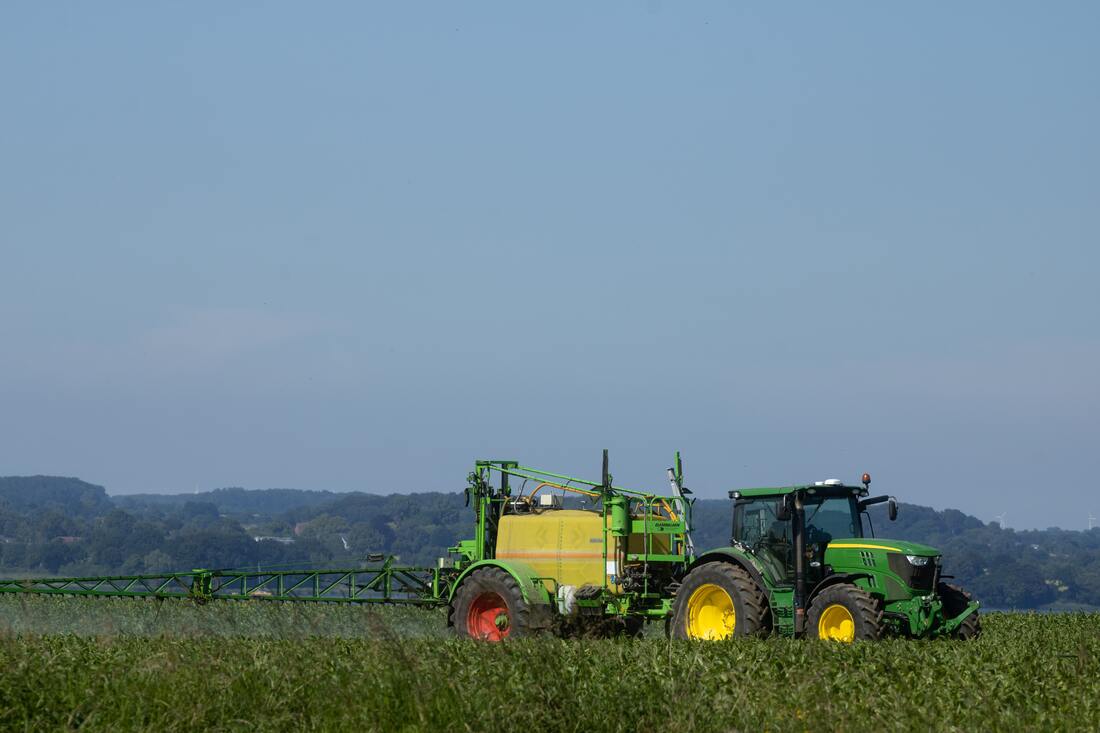
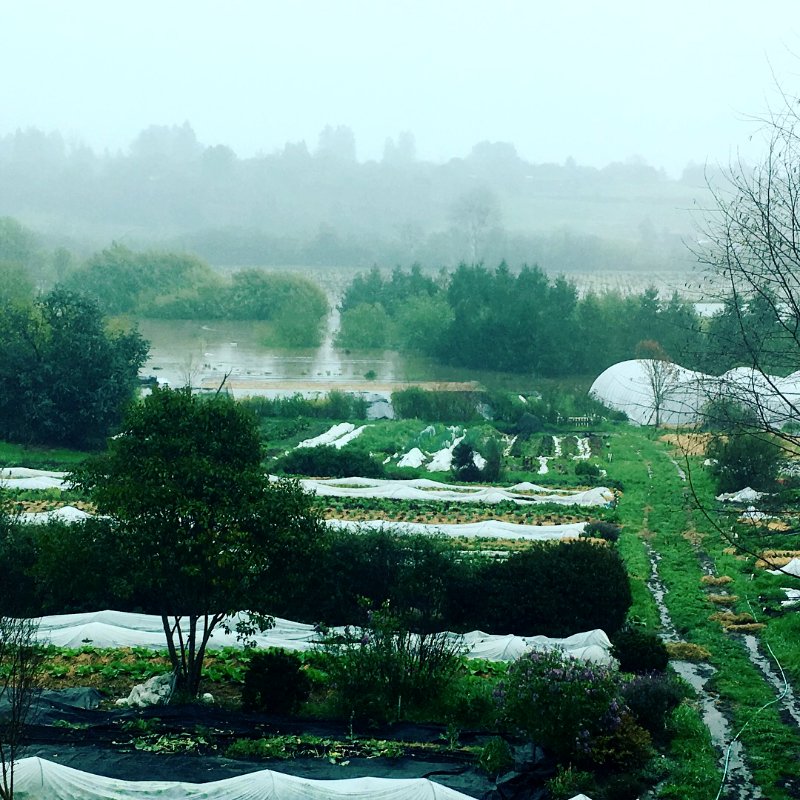
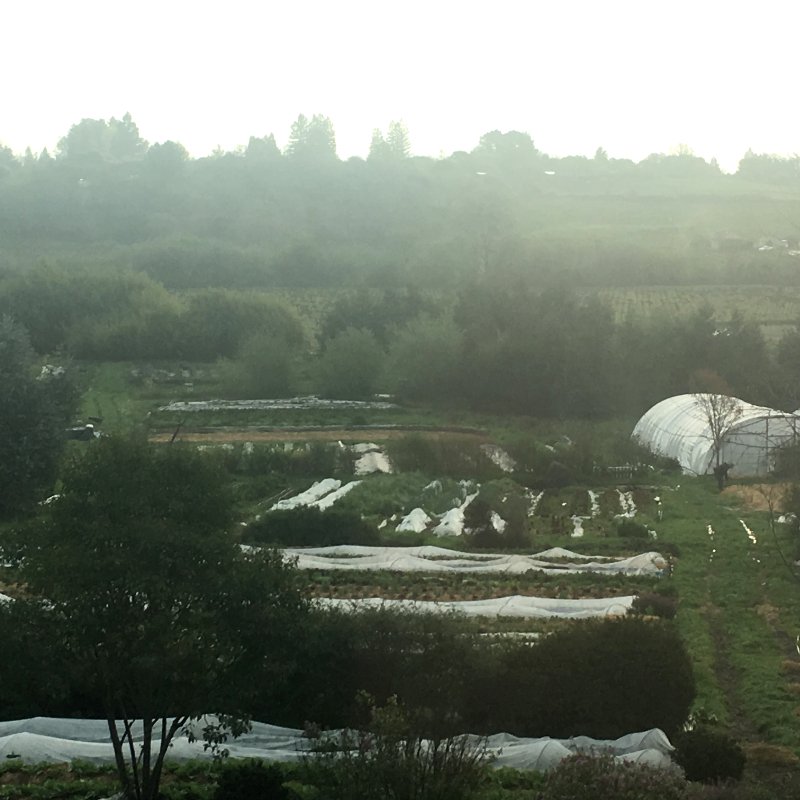
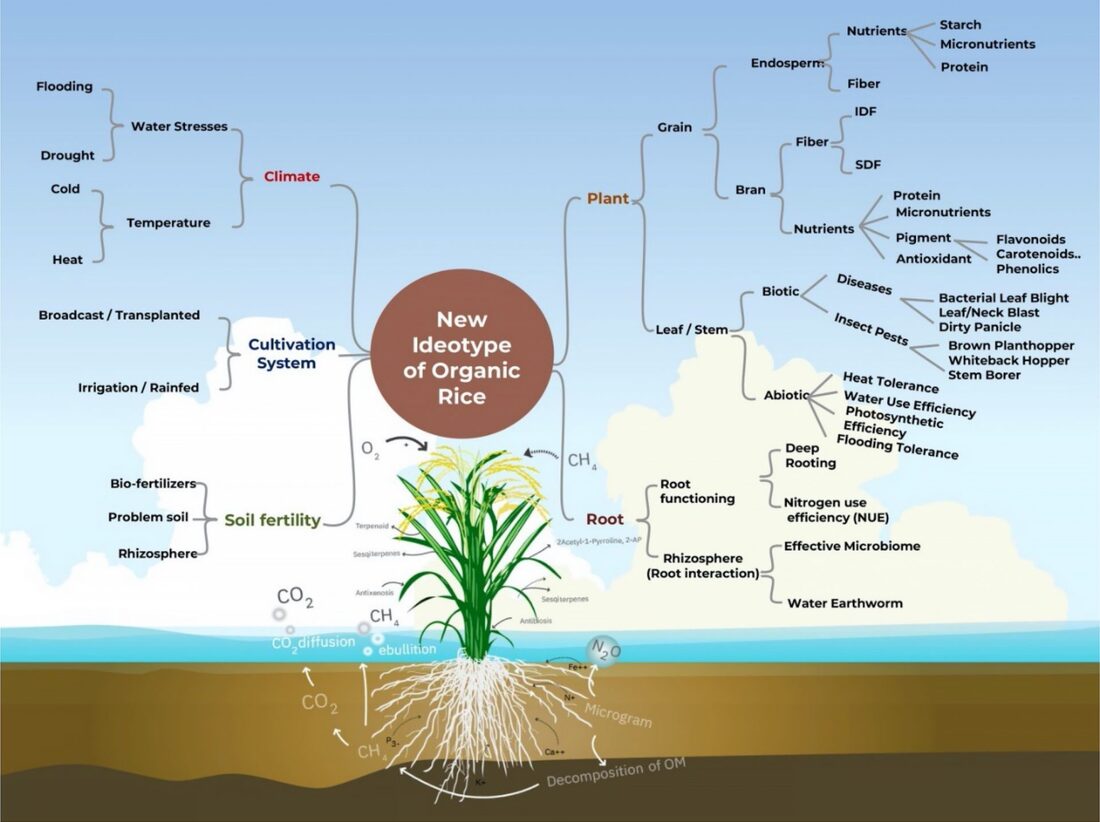
 RSS Feed
RSS Feed
